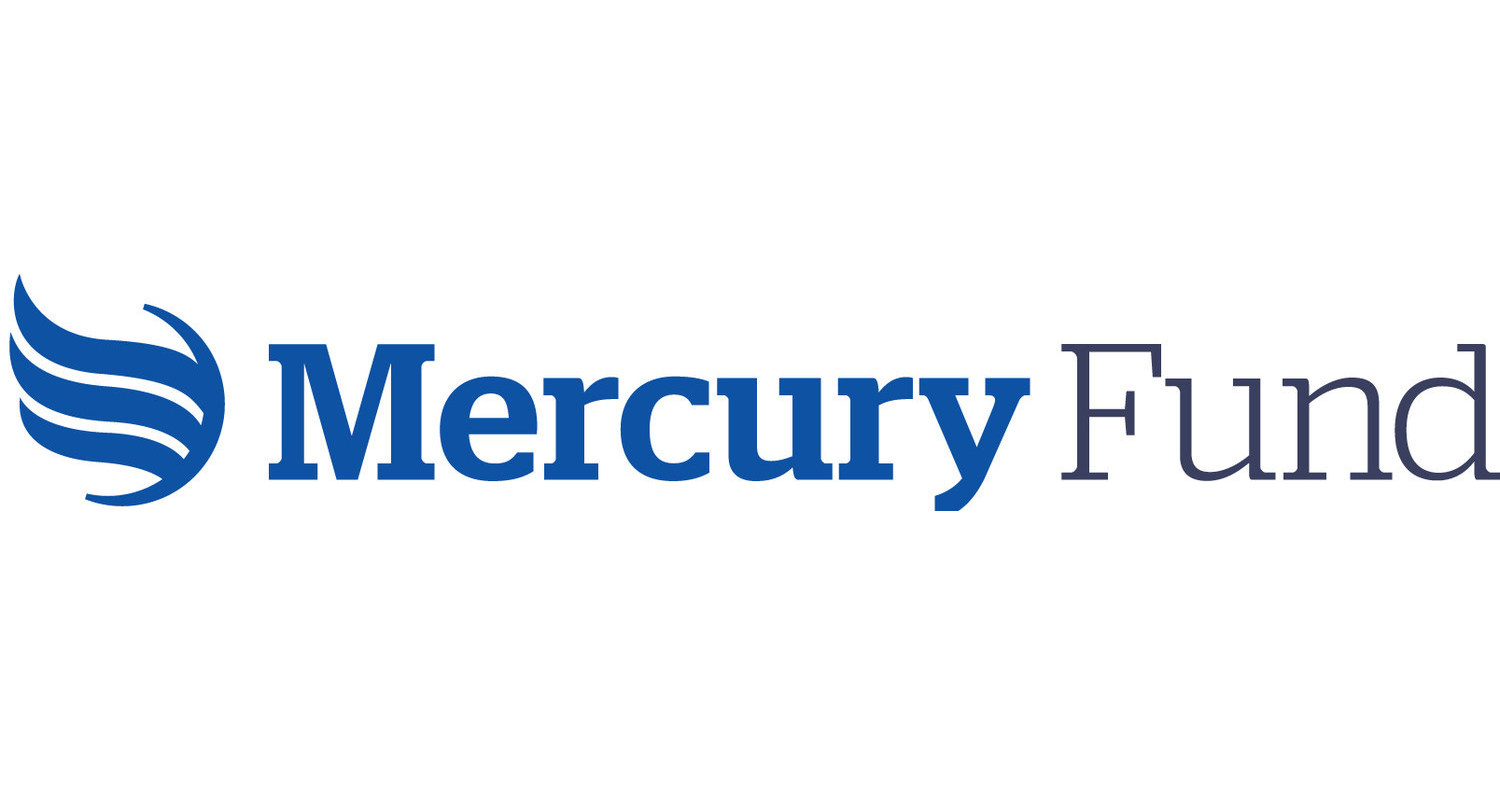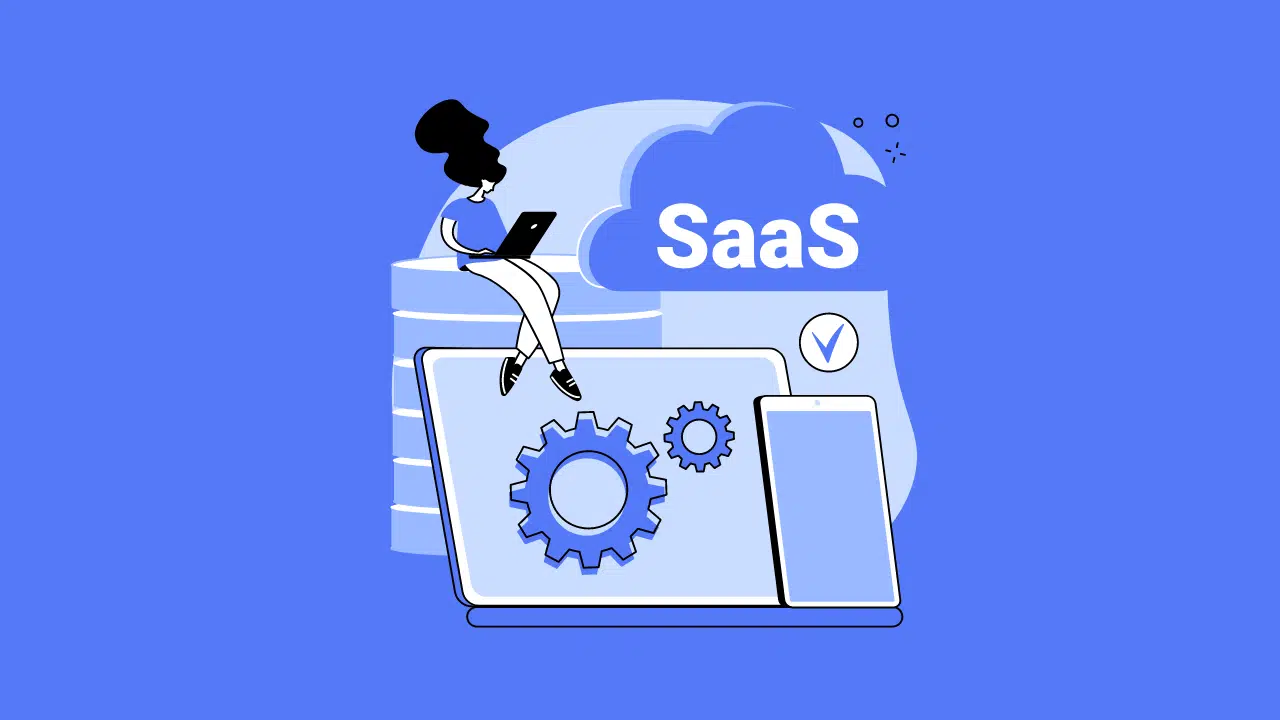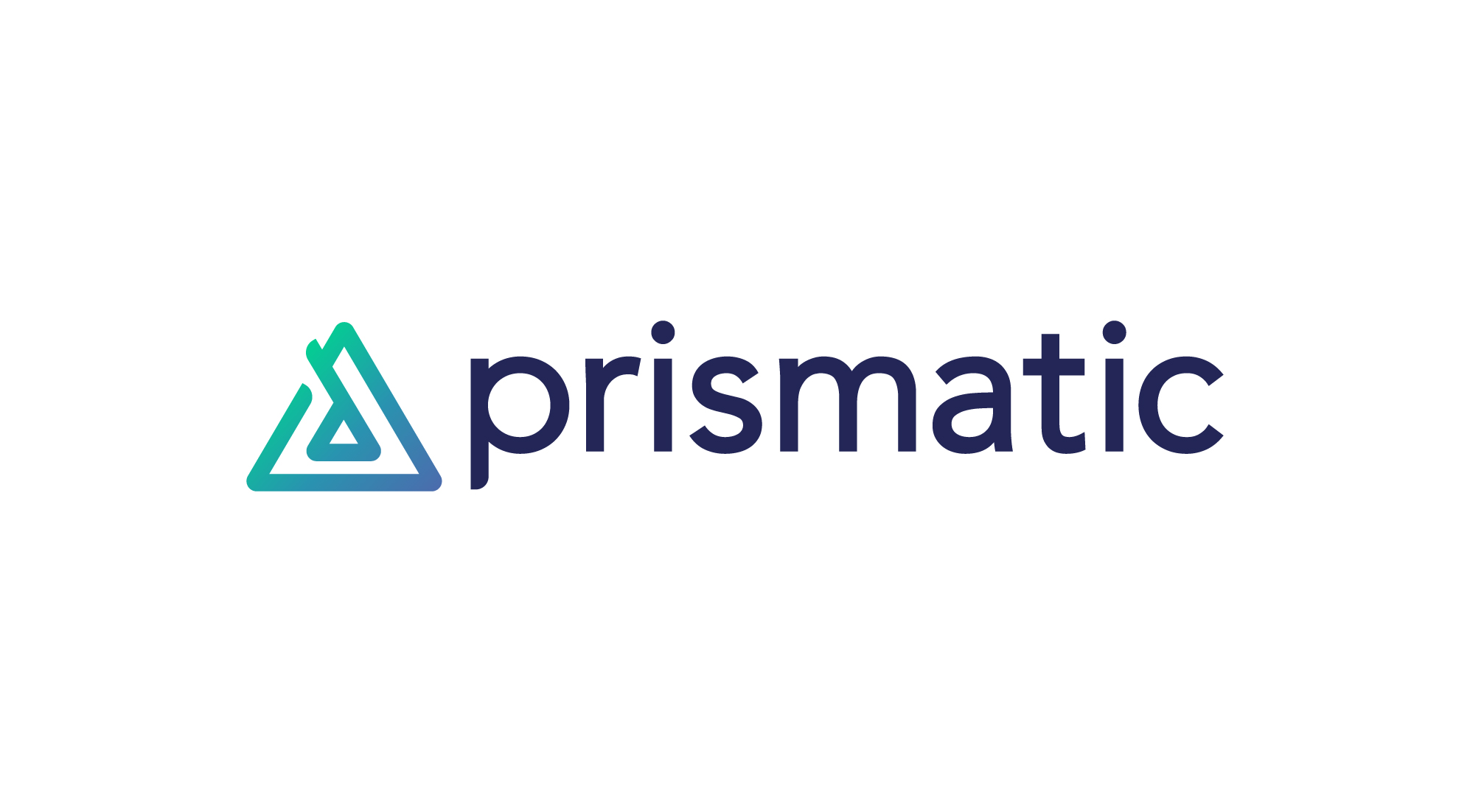Introduction
SaaS (Software as a Service) has become a prominent model for delivering software solutions, revolutionizing the way businesses operate and cutting costs. However, the success of SaaS companies depends heavily on funding to support their growth and development. SaaS funding refers to the financial resources acquired by SaaS companies to cover expenses such as research and development, marketing, operations, and expansion.
In the highly competitive tech industry, securing adequate funding is crucial for SaaS companies to stay ahead of the curve and remain competitive. This article explores the concept of SaaS funding, the different types of funding available, common challenges faced by SaaS companies, and the factors considered by investors when evaluating a SaaS company for funding.
Securing funding is not only about obtaining the necessary capital, but also about partnering with investors who can provide guidance, industry connections, and strategic support. The landscape of SaaS funding is diverse, with various avenues available for SaaS companies to explore.
Definition of SaaS Funding
SaaS funding refers to the financial resources acquired by SaaS companies to support their operations, growth, and development. It plays a crucial role in enabling SaaS companies to build and improve their software solutions, attract and retain customers, expand their market reach, and ultimately achieve sustainable profitability.
Unlike traditional software models where customers purchase licenses upfront, SaaS operates on a subscription-based model. This means SaaS companies need continuous cash flow to maintain and enhance their software, invest in customer acquisition and retention strategies, and scale their operations.
SaaS funding can come from various sources, including venture capitalists, angel investors, bootstrap financing, crowdfunding, and strategic partnerships. Each funding source has its own advantages and requirements, and SaaS companies must carefully evaluate their options to determine which avenue best suits their needs.
SaaS companies typically use funding to cover different expenses, such as:
- Research and development: Funding is used to invest in technology infrastructure, hire skilled developers, and continuously enhance and innovate the SaaS product.
- Marketing and sales: SaaS companies rely heavily on marketing and sales efforts to attract customers and generate revenue. Funding is allocated to various marketing channels, advertising campaigns, and sales enablement activities.
- Operations and infrastructure: SaaS companies need to invest in scalable and reliable infrastructure to ensure the smooth functioning of their software and provide high-quality service to customers.
- Customer support and success: Providing exceptional customer support and ensuring customer success is essential for SaaS companies. Funding is used to build a knowledgeable and responsive customer support team and implement customer success programs.
- Expansion and market penetration: As SaaS companies grow, they may need funding to expand into new markets, open additional offices, or hire sales teams to cater to different regions.
Overall, SaaS funding is critical for the sustainable growth and success of SaaS companies by providing the financial resources needed to develop and maintain their software, acquire and retain customers, and expand their operations.
Different Types of SaaS Funding
SaaS companies have a plethora of funding options available to them. Here are some of the most common types of funding sources for SaaS companies:
- Venture Capital Funding: Venture capital (VC) funding involves investors providing capital to high-potential startups in exchange for equity. SaaS companies seeking VC funding typically have scalable business models and substantial growth potential. VC firms often provide not only financial resources but also strategic guidance and industry connections.
- Angel Investors: Angel investors are individuals who invest their personal funds in startups in exchange for equity. They provide early-stage funding and can also offer mentorship and expertise in relevant industries. Angel investors are often more accessible than VCs and can provide valuable connections and resources.
- Bootstrap Financing: SaaS companies that opt for bootstrap financing fund their operations using their own resources, such as personal savings, revenue generated from early clients, or revenue reinvested into the business. This approach allows companies to maintain control over their operations and avoid dilution of equity. However, it may limit the pace of growth.
- Crowdfunding: Crowdfunding platforms enable SaaS companies to raise funds from a large group of individual investors. This approach can help companies validate market demand and generate early buzz for their product. Crowdfunding can take various forms, including rewards-based crowdfunding or equity-based crowdfunding.
- Strategic Partnerships and Acquisitions: SaaS companies may seek funding through strategic partnerships and acquisitions. By partnering with established companies or being acquired by larger organizations, SaaS companies can benefit from their financial resources, industry expertise, and customer base.
Each type of funding has its own advantages and considerations. SaaS companies need to evaluate their business goals, growth plans, and funding requirements to determine the most suitable funding source for their specific needs.
Venture Capital Funding
Venture capital (VC) funding is one of the most popular sources of funding for SaaS companies. Venture capitalists invest in high-potential startups that have the potential for significant growth and profitability. Here’s what you need to know about venture capital funding for SaaS companies:
Process: SaaS companies seeking VC funding typically go through a rigorous process that involves pitching their business idea, demonstrating their market potential, and negotiating the terms of the investment. VC firms conduct thorough due diligence to evaluate the company’s business model, technology, market size, competitive landscape, and team expertise before making an investment decision.
Advantages: Venture capital funding offers several advantages for SaaS companies. Firstly, VC firms provide substantial financial resources, allowing companies to accelerate their growth and scale their operations. Secondly, venture capitalists often have extensive industry knowledge and connections, which can be invaluable for startups looking to navigate the competitive SaaS landscape. Additionally, VC firms take an active role in guiding and mentoring portfolio companies, helping them make strategic decisions and overcome challenges.
Considerations: SaaS companies should consider a few key factors when seeking venture capital funding. Firstly, VC firms typically invest in companies that have high growth potential and the potential for a high return on investment. Startups should have a compelling business model, a solid product-market fit, and a clear path to profitability. Additionally, venture capitalists often take a significant equity stake in the company, which means founders may have to dilute their ownership. Startups should carefully evaluate the terms of the investment and consider the long-term implications.
Stages of VC Funding: VC funding can be categorized into different stages, including seed funding, early-stage funding, and later-stage funding. Seed funding is typically provided in the early stages of a company’s existence to help them validate their concept, develop a prototype, and launch their product. Early-stage funding is aimed at accelerating growth and expanding market reach. Later-stage funding is often provided to companies that are already generating significant revenue and looking to scale rapidly.
Exit Strategy: Venture capitalists typically invest with the expectation of a lucrative exit. Common exit strategies for SaaS companies include acquisition by a larger company, initial public offering (IPO), or buyout by another investor. Startups should have a well-defined exit strategy and be prepared to actively work towards achieving it.
Overall, venture capital funding can provide the financial resources, industry connections, and mentorship that SaaS companies need to grow and succeed. However, it is crucial for SaaS companies to carefully assess their funding needs, business goals, and long-term vision before pursuing venture capital funding.
Angel Investors
Angel investors play a significant role in providing funding to early-stage startups, including SaaS companies. These individual investors are typically successful entrepreneurs, business professionals, or high-net-worth individuals who invest their personal funds in promising ventures. Here’s what you need to know about angel investors and their role in funding SaaS companies:
Role of Angel Investors: Angel investors provide more than just financial support. They often bring with them valuable industry experience, expertise, and a vast network of contacts. Many angel investors have successfully built and sold their own businesses and can offer valuable guidance and mentorship to SaaS founders.
Early-Stage Funding: Angel investors are typically involved in the early stages of a SaaS company’s growth when other sources of capital may be less accessible. They are willing to take on higher risks and invest in startups with potential for high returns. Their investment can provide the necessary funding to develop and launch the product, hire key employees, and validate the market opportunity.
Flexibility: Angel investors offer more flexibility compared to traditional venture capital firms. They are often more open to investing in unconventional ideas and early-stage startups that may not have a proven revenue model yet. This flexibility allows SaaS founders to explore innovative solutions and take risks in their product development and market strategies.
Investment Criteria: While angel investors are willing to take risks, they still evaluate SaaS companies based on certain criteria. They look for startups with a strong founding team, a unique value proposition, a sizable market opportunity, a scalable business model, and a clear path to profitability. SaaS companies that can demonstrate their potential for growth and market disruption are more likely to attract angel investments.
Terms and Equity: Angel investors typically invest smaller amounts compared to venture capitalists. They may invest anywhere from tens of thousands to a few hundred thousand dollars. In return, they usually receive equity in the company. Startups should carefully consider the terms of the investment, including the percentage of equity offered and any provisions related to future investment rounds or exits.
Long-Term Partnership: Unlike traditional lenders, angel investors are often interested in building long-term partnerships with the startups they invest in. They are invested not only financially but also emotionally in the success of the company. Their ongoing involvement and mentorship can prove invaluable in guiding SaaS companies through their growth journey.
Overall, angel investors play a vital role in providing crucial early-stage funding and support to SaaS companies. Their financial resources, industry expertise, and mentorship can significantly contribute to the success and growth of a SaaS startup.
Bootstrap Financing
Bootstrap financing is a funding approach where SaaS companies rely on their own resources instead of seeking external investment. In this self-funded model, SaaS companies use their personal savings, revenue generated from early customers, or reinvested revenue to fund their operations and growth. Here are the key aspects of bootstrap financing for SaaS companies:
Control and Ownership: By relying on bootstrap financing, SaaS founders can maintain full control and ownership of their company. They do not have to dilute their ownership by giving up equity to outside investors. This allows founders to make independent decisions and steer the company according to their vision.
Financial Constraints: While bootstrap financing offers independence, it also comes with financial constraints. Startups may have limited resources available, which can hamper their ability to scale quickly. It requires careful budgeting and prioritization of expenses to ensure that the available funds are allocated to critical areas such as product development, marketing, and customer acquisition.
Slow Growth Pace: Bootstrap financing may lead to a slower growth trajectory compared to companies that receive external funding. Without significant capital injections, SaaS companies may take longer to develop their products, expand their customer base, and penetrate new markets. This slower growth pace could impact their ability to compete with well-funded competitors and seize market opportunities.
Self-Sufficiency: Bootstrap financing forces SaaS companies to become self-sufficient and resourceful. It encourages a lean and frugal approach to business operations, where companies maximize the use of available resources and optimize their processes. This self-sufficiency mindset can instill discipline and resilience within the company.
Risk and Rewards: Bootstrap financing entails significant risk for the founders as they bear the financial responsibility and potential losses. However, it also means that any profits and success are fully enjoyed by the founders. By forgoing external funding, SaaS founders have the potential to retain a larger share of the business’s profits in the long run.
Bootstrapping Considerations: Bootstrapping is not suitable for every SaaS company. It works best for entrepreneurs who have a clear revenue model, existing customer base, and sufficient personal financial resources to sustain the business. SaaS founders considering bootstrap financing should carefully assess their financial situation, risk tolerance, and growth goals to determine if this approach aligns with their long-term vision.
Overall, bootstrap financing can provide SaaS companies with independence and control over their operations. However, it requires careful financial management, a lean approach to resource allocation, and the ability to grow at a sustainable pace with limited funding.
Crowdfunding
Crowdfunding has emerged as a popular alternative funding option for SaaS companies. It involves raising funds from a large pool of individual investors, typically through online platforms. Crowdfunding offers several benefits and opportunities for startups in the SaaS industry. Here’s what you need to know about crowdfunding for SaaS companies:
Validation and Market Feedback: Crowdfunding allows SaaS companies to validate their product idea and gather market feedback before fully developing and launching their product. By presenting their concept to potential customers and investors, startups can gauge interest, identify potential challenges, and refine their products based on early feedback.
Raise Capital and Generate Buzz: Crowdfunding campaigns provide SaaS companies with an avenue to raise capital directly from the public. The ability to engage with a large number of individuals allows companies to tap into a wider network of potential investors who may be interested in their product or vision. Additionally, successful crowdfunding campaigns can generate significant buzz around a SaaS company, attracting attention from the media, industry influencers, and potential customers.
Types of Crowdfunding: There are various types of crowdfunding platforms, including rewards-based crowdfunding and equity-based crowdfunding. In rewards-based crowdfunding, backers receive non-monetary rewards, such as early access to the product, exclusive merchandise, or personalized experiences, in exchange for their contributions. Equity-based crowdfunding, on the other hand, involves exchanging equity in the company for financial investments.
Community Building: Crowdfunding creates an opportunity for SaaS companies to build a community of loyal backers and early adopters. These individuals become brand advocates and can help spread the word about the company’s product or service. The community can also provide valuable feedback and insights as the company continues to develop and improve its offering.
Challenges and Considerations: While crowdfunding can be a viable option for SaaS companies, it also presents challenges. Running an effective crowdfunding campaign requires careful planning and execution, including the creation of compelling marketing materials, setting realistic funding goals, and maintaining regular communication with backers. Additionally, startups need to carefully evaluate the fees and costs associated with crowdfunding platforms, as these can impact the overall funds raised.
Compliance and Regulations: It’s important for SaaS companies to be aware of the legal and regulatory requirements associated with crowdfunding. Depending on the jurisdiction, there may be specific regulations governing the solicitation of funds from the public. Startups should ensure they comply with any applicable rules and regulations to avoid legal consequences.
Overall, crowdfunding provides SaaS companies with an innovative way to raise capital, validate their ideas, and build a community of supporters. It offers a unique opportunity for startups to engage with a wide network of individuals who can provide financial support and contribute to the success of the company.
Strategic Partnerships and Acquisitions
Strategic partnerships and acquisitions are alternative funding options for SaaS companies that involve joining forces with other companies in the industry. These collaborations can provide SaaS companies with access to financial resources, industry expertise, customer bases, and market opportunities. Here’s what you need to know about strategic partnerships and acquisitions:
Strategic Partnerships: Strategic partnerships involve two or more companies coming together to leverage each other’s strengths and resources. SaaS companies can enter into partnerships with established companies that have a complementary product or service offering. This can lead to shared customer bases, cross-promotion, co-marketing efforts, and mutually beneficial revenue opportunities. Strategic partnerships provide access to capital and resources without relinquishing equity.
Acquisitions: Acquisitions involve one company acquiring another company, often for strategic purposes. In the SaaS industry, acquisitions can be a way for larger companies to expand their product offerings, gain access to new customer segments, or diversify their revenue streams. Acquisitions can provide SaaS companies with substantial funding and resources, but it often involves giving up ownership and control.
Financial Benefits: Strategic partnerships and acquisitions can provide SaaS companies with significant financial benefits. In strategic partnerships, collaboration with a larger, more established company can result in financial investments, revenue sharing, or cost-sharing arrangements. Acquisitions, on the other hand, involve a larger company providing a financial payout to acquire the smaller company. This payout can be in the form of cash, stock, or a combination of both.
Access to Expertise: Strategic partnerships and acquisitions allow SaaS companies to tap into the expertise and industry knowledge of their partners or acquirers. This can help accelerate product development, improve market positioning, and enhance the overall value proposition of the company. Companies can leverage the resources and experience of their partners to overcome challenges and capitalize on growth opportunities.
Integration Challenges: While strategic partnerships and acquisitions offer significant benefits, they also come with integration challenges. Combining different company cultures, technologies, and processes can be complex and time-consuming. It requires effective communication, collaboration, and a well-thought-out integration strategy to ensure smooth transitions and successful collaborations.
Strategic Alignment: SaaS companies should carefully assess the alignment of values, goals, and visions with potential partners or acquirers. It is crucial to find partners or acquirers who share a similar strategic direction and long-term vision for the company. This alignment ensures that the partnership or acquisition will be mutually beneficial and lead to the desired outcomes.
Overall, strategic partnerships and acquisitions can be attractive funding options for SaaS companies. These collaborations offer access to capital, expertise, and market opportunities while maintaining a level of independence and control. SaaS companies should evaluate potential partnerships and acquisitions carefully to ensure alignment and maximize the potential benefits.
Common Funding Challenges for SaaS Companies
While there are various funding options available for SaaS companies, securing funding can still be a challenging task. Here are some common funding challenges that SaaS companies may encounter:
Market Competition: The SaaS industry is highly competitive, with numerous companies vying for funding. Investors have a limited pool of capital to invest, and SaaS companies need to differentiate themselves from the competition to attract funding. Standing out requires a unique value proposition, a strong market presence, and a clear plan for sustainable growth.
Demonstrating Revenue Potential: Investors need to see the potential for a solid return on their investment in SaaS companies. Startups must demonstrate their revenue model, growth projections, and customer acquisition strategies. However, SaaS companies often face challenges in predicting and forecasting revenue due to the impact of factors such as customer churn, pricing models, and market trends.
Customer Acquisition Costs: SaaS companies often face high customer acquisition costs, which can make it more challenging to achieve positive cash flow in the early stages. Investors carefully analyze the cost of acquiring customers, the efficiency of the sales and marketing processes, and the overall scalability of the business model.
Proof of Concept: SaaS startups may face difficulty in proving the viability and potential of their product concept. Investors typically look for evidence of market demand and positive customer feedback. Startups need to demonstrate traction, successful pilot projects, or early adopter testimonials to build confidence in their product or service.
Timing and Market Trends: Market timing can significantly impact the availability and willingness of investors to allocate funds to SaaS companies. Securing funding may be more difficult during economic downturns or when there are shifting market trends. Startups need to be aware of market dynamics and adapt accordingly to attract investor interest.
Cash Flow Management: Even after securing funding, SaaS companies need to effectively manage their cash flow to sustain operations and growth. Balancing expenses with revenue, optimizing the use of funds, and planning for future expenses are critical elements of financial management for SaaS startups.
Evolving Investor Expectations: Investor expectations and criteria may change over time. SaaS companies need to stay updated with investor preferences and trends. This may involve staying informed about the latest industry developments, understanding investor priorities, and adapting their funding strategy accordingly.
Overcoming these funding challenges requires a combination of strong market positioning, a sound business model, a well-defined growth strategy, and effective communication with investors. SaaS companies must be adaptable, proactive, and diligent in addressing these challenges to secure the funding needed for success.
Factors Considered by Investors for SaaS Funding
Investors evaluate several key factors before deciding to fund a SaaS company. Understanding these factors can help SaaS entrepreneurs prepare a compelling pitch and increase their chances of securing funding. Here are some of the main factors investors consider when evaluating SaaS funding opportunities:
Market Opportunity: Investors assess the size and growth potential of the target market. They look for SaaS companies operating in markets with significant demand and addressable customer bases. A compelling market opportunity indicates the potential for scalability and revenue growth.
Product Differentiation: Investors seek SaaS companies with unique features, innovative solutions, or a differentiated value proposition. A compelling product with a competitive edge can attract customers and position the company as a leader in the market.
Customer Traction: Demonstrating customer traction is crucial for attracting investors. Startups that can show a growing customer base, high customer acquisition rates, and low customer churn are more likely to secure funding. Case studies, customer testimonials, and revenue growth are indicators of a SaaS company’s ability to attract and retain customers.
Revenue Model: Investors assess the revenue model of SaaS companies to understand how they generate income and achieve profitability. SaaS companies may employ subscription-based models, tiered pricing, licenses, or usage-based models. Investors evaluate the scalability and predictability of the revenue model, as well as the company’s ability to maintain high customer lifetime value (CLTV) and favorable customer acquisition costs (CAC).
Competitive Analysis: Investors consider the competitive landscape and evaluate how a SaaS company positions itself against competitors. Startups need to demonstrate a thorough understanding of their competitive advantages, barriers to entry, and potential threats. Investors assess the company’s unique selling proposition and its ability to differentiate in a crowded market.
Team Expertise: Investors pay close attention to the management team’s experience, track record, and industry knowledge. They want assurance that the team can execute the business plan and navigate challenges effectively. A strong executive team with relevant domain expertise increases investor confidence in the company’s ability to succeed.
Growth Strategy: Investors are interested in the growth strategy of a SaaS company. They evaluate the company’s plan for customer acquisition, market expansion, product roadmap, and sales and marketing strategies. A well-defined growth strategy shows that the company has a clear vision for scaling and maximizing revenue potential.
Financial Projections: Investors assess the financial projections and profitability potential of a SaaS company. They analyze revenue forecasts, gross margins, customer retention rates, and the company’s ability to achieve positive cash flow. Realistic financial projections and a clear path to profitability are important factors in securing funding.
By considering these factors, investors gain a comprehensive understanding of the growth potential and scalability of a SaaS company. Presenting a strong case on these factors can significantly increase the chances of securing funding for SaaS startups.
Conclusion
SaaS funding is essential for the growth and success of SaaS companies, enabling them to develop innovative software, acquire and retain customers, and expand their operations. Different types of funding options are available for SaaS companies, including venture capital, angel investors, bootstrap financing, crowdfunding, and strategic partnerships or acquisitions.
Venture capital funding offers financial resources, strategic guidance, and industry connections to help SaaS companies accelerate their growth. Angel investors provide early-stage funding and invaluable mentorship and expertise. Bootstrap financing allows companies to maintain control but may limit the pace of growth. Crowdfunding enables SaaS companies to raise funds directly from the public and engage with a wider audience. Strategic partnerships and acquisitions offer access to capital, market reach, expertise, and resources.
However, securing funding is not without its challenges. SaaS companies must differentiate themselves in a competitive market, demonstrate revenue potential, manage customer acquisition costs, and prove their concept. Timing, market trends, and cash flow management are other factors that require careful consideration.
Investors evaluate several factors when considering SaaS funding opportunities, such as the market opportunity, product differentiation, customer traction, revenue model, competitive analysis, team expertise, growth strategy, and financial projections. Startups that can effectively address these factors can increase their likelihood of securing funding.
In conclusion, SaaS funding plays a crucial role in the growth and sustainability of SaaS companies. By understanding the various types of funding available, the challenges they may face, and the factors considered by investors, SaaS entrepreneurs can navigate the funding landscape and position their companies for success.

























